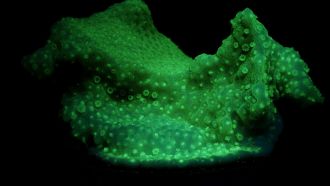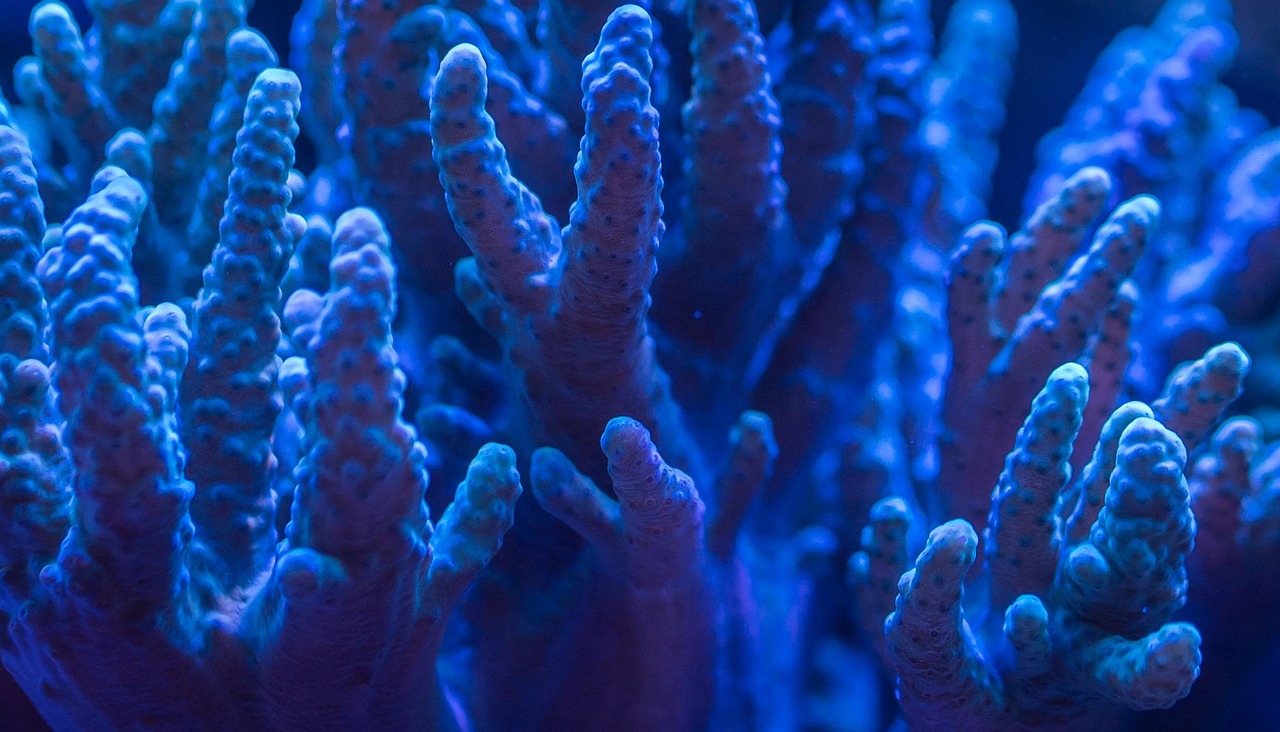Media release
From:
QUT researchers have uncovered critical biological processes that allow corals attach to a reef in a finding that could significantly improve coral restoration efforts worldwide.
The study published in Royal Society Open Science, led by Dr Brett Lewis from the QUT School of Earth and Atmospheric Sciences, investigated how coral fragments from three species, Montipora mollis, Pocillopora verrucosa and Acropora millepora, develop self-sustaining attachment to reef surfaces.
“Coral reefs are declining globally, and their recovery often depends on broken fragments reattaching and growing but that process isn’t as simple as it sounds,” Dr Lewis said.
“Even after decades of coral research, we still don’t fully understand how fragments attach or how to make restoration efforts more effective.”
The QUT research team also included Professor Peter Prentis, and Associate Professor Luke Nothdurft, along with Dr Crystal Cooper from University of Western Australia and Professor David Suggett from UTS.
Using advanced microscopy, researchers have identified a three-step process in coral fragments attaching to the surface of a reef.
“First, they respond to contact by tissue through an immune response and transitioning their tissues - almost like flipping yourself inside out,” Dr Lewis said.
“Next, they anchor themselves with this new soft tissue.
“And finally, they build a skeleton, normally inside the coral, onto the reef using a specialised appendage which can creep over the reef substrate using its cell to grow the skeleton and sterilise any pathogens or other organisms that get in its path.”
These phases were observed using a suite a high-resolution imaging, offering unprecedented insight into coral biology.
Dr Lewis said the nature of the appendage played a critical role in coral restoration, as it determined how well and how quickly coral fragments could become self-sustaining.
“Our findings reveal that while the overall attachment process is conserved across coral species, there are distinct biological differences that influence how quickly and effectively corals secure themselves to the reef,” he said.
One noticeable difference was the coral's attachment appendage and its efficiency growing onto the reef in killing pathogens or even other organisms that get in its way with more complex appendages creating leading to faster growth and stronger skeletons in some corals compared to others.
With Montipora mollis, the appendage was larger and more complex, leading to faster and stronger attachment. However, with the Pocillopora verrucosa, the appendage was thinner and slower to develop, which could explain the weaker initial attachment.
“We also found that tiny thread-like structures called mesenterial filaments play a bigger role and are more diverse than we previously thought,” Dr Lewis said.
“Part of the coral’s internal anatomy, they help coral fragments prepare to attach by digesting its own tissues that are no longer needed – eating itself.
“This suggests they’re important not just for attachment, but also for helping corals recover and stay resilient when they have damaged tissues or are going through stress or change.”
Dr Lewis said the work would help coral restoration take another step beyond a one-size-fits-all approach.
“By understanding the attachment processes and their underlying cellular and skeletal differences between species, we can better target corals for restoration and predict which corals will thrive in specific environments and grow fastest, tailoring restoration strategies accordingly,” he said.
The study was supported by the Australian Government’s Research Training Program and the Reef Restoration and Adaptation Program (RRAP), in partnership with the Great Barrier Reef Foundation.
Read the full paper, Asexual reproduction in reef-building corals: Insights into fragment attachment to improve restoration and predict natural recovery, published in Royal Society Open Science, online.
Multimedia





 Australia; NSW; QLD; WA
Australia; NSW; QLD; WA


